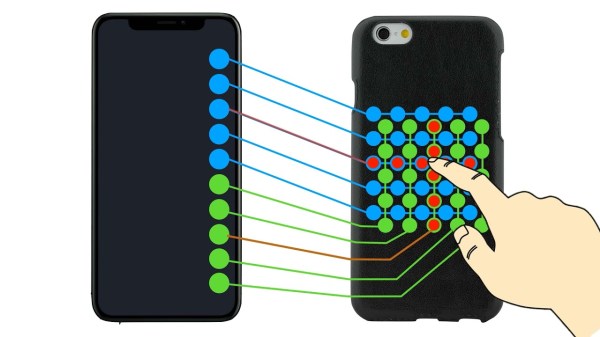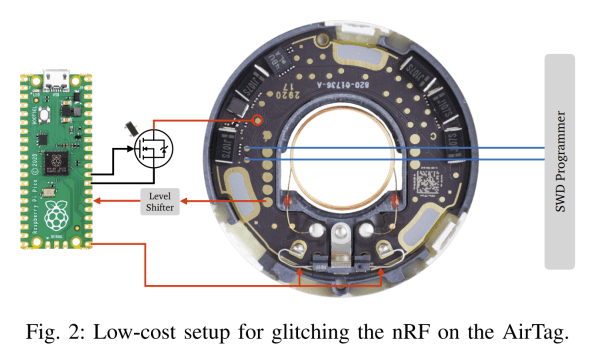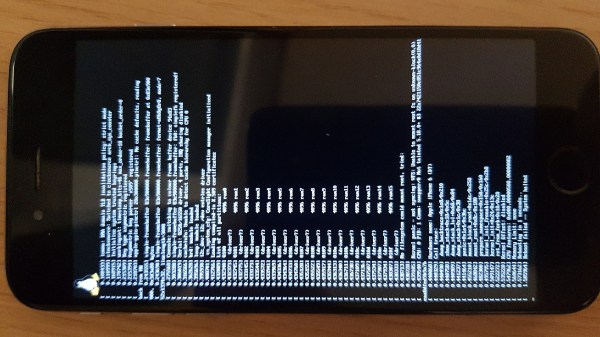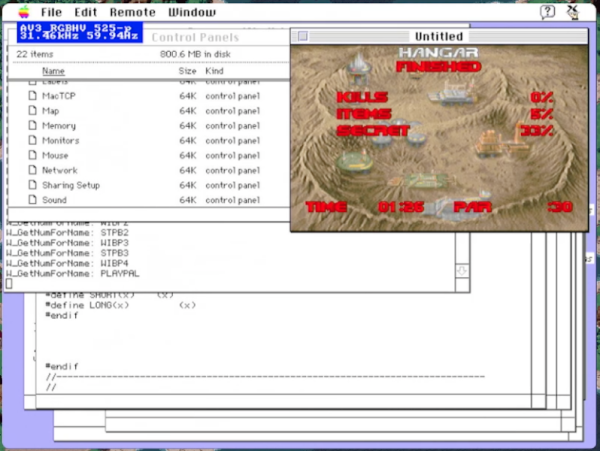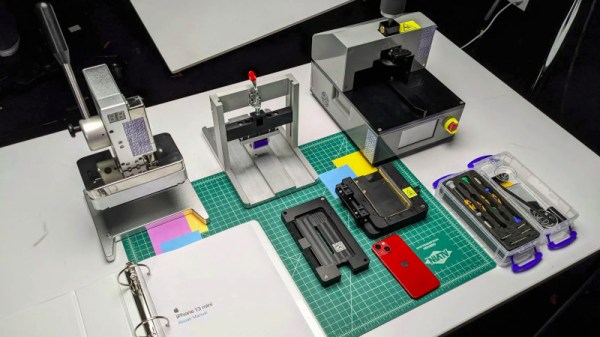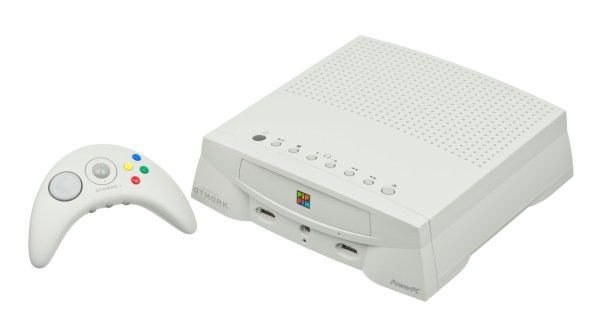Smartphones use big touchscreens on the front as a useful tactile interface. However, our hands naturally wrap around the back of the phone, too. This area is underutilized as an interface, but the designers of BackTrack found a way to change that.
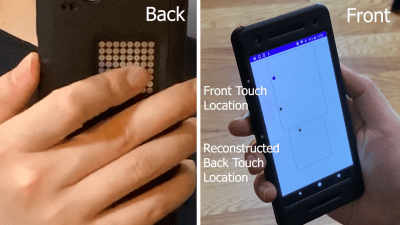
The idea is simple. The project video notes that conductive tape can be placed on a multitouch touchscreen, allowing touches to be read at a remote location. Taking this concept further, BackTrack works by creating a 2D matrix on the back of the phone, and connecting this matrix to a series of pads in a row on the front touchscreen. Then, touches on the back touchpad can be read by the existing touchscreen on the front screen. Continue reading “Turning The Back Of Your Phone Into A Touchpad”

